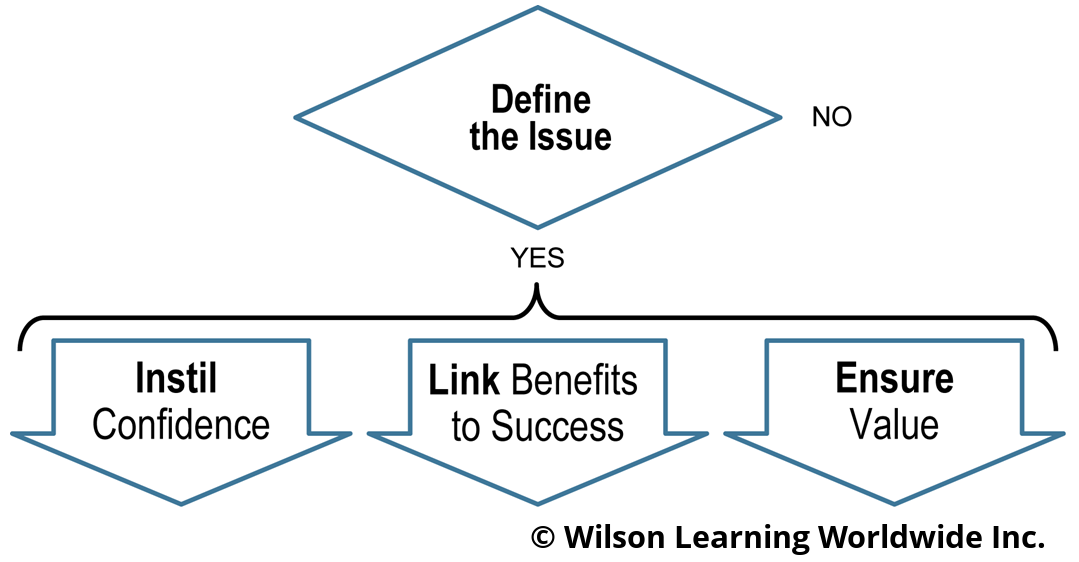Motivating for Results
Through managers, organisations need to develop methods to help employees stay motivated and engaged so results are consistently high. While the individual ultimately determines motivation, managers can influence the conditions under which they are more likely to be motivated. This programme provides essential insights, knowledge and tools that managers can apply to create an environment where employees can feel motivated and be successful.
Leading for Performance: Motivating for Results (LFP-MFR) helps managers learn how to influence motivation. When motivation is a factor, managers need to instil confidence that efforts will lead to success, success is worth having and the effort will result in something that is of value to employees.
Participants learn specific skills and tools to help them create greater value for employees on the job.
Programme Outcomes
Leading for Performance: Motivating for Results helps managers understand optimal work conditions under which employees are more likely to feel motivated. Managers can motivate by creating work conditions that contribute to high performance and, thus, higher output.
Approach
Motivating for Results is a half-day instructor-led module that can be facilitated by Wilson Learning or by a leader-trained in-house professional.
This enables:
- Face-to-face interaction among the participants and the facilitator
- True-to-life skills practice with immediate in-person feedback
- The opportunity for real-time commitment to action
Enabling Improved Performance
Leading for Performance: Motivating for Results features the Motivation Planner and Job Aid Card so the participants can fine-tune and apply skills and behaviours on the job. Involving management and training them to coach is key for successful implementation.
Measurement and Evaluation
Organisations that implement Leading for Performance: Motivating for Results have access to a broad range of tools to measure initial behavioural changes and business results. For LFP-MFR, one approach may be a web-based survey of participants' direct reports to identify the degree of change and the differences this change makes.
To learn more about measuring the impact of learning, visit Measurement and Evaluation Services.



 Please complete this form to download the factsheet for Motivating for Results.
Please complete this form to download the factsheet for Motivating for Results.



